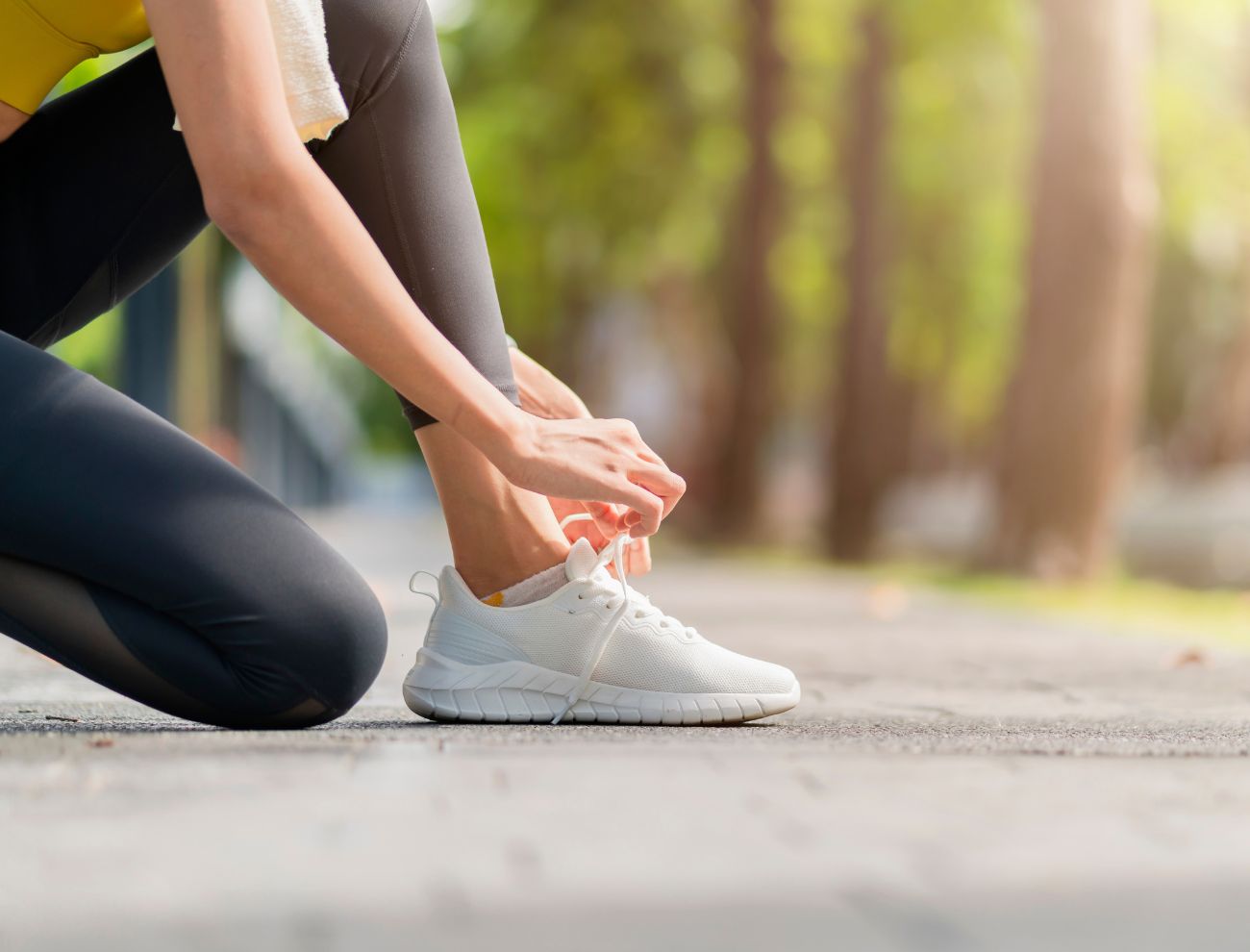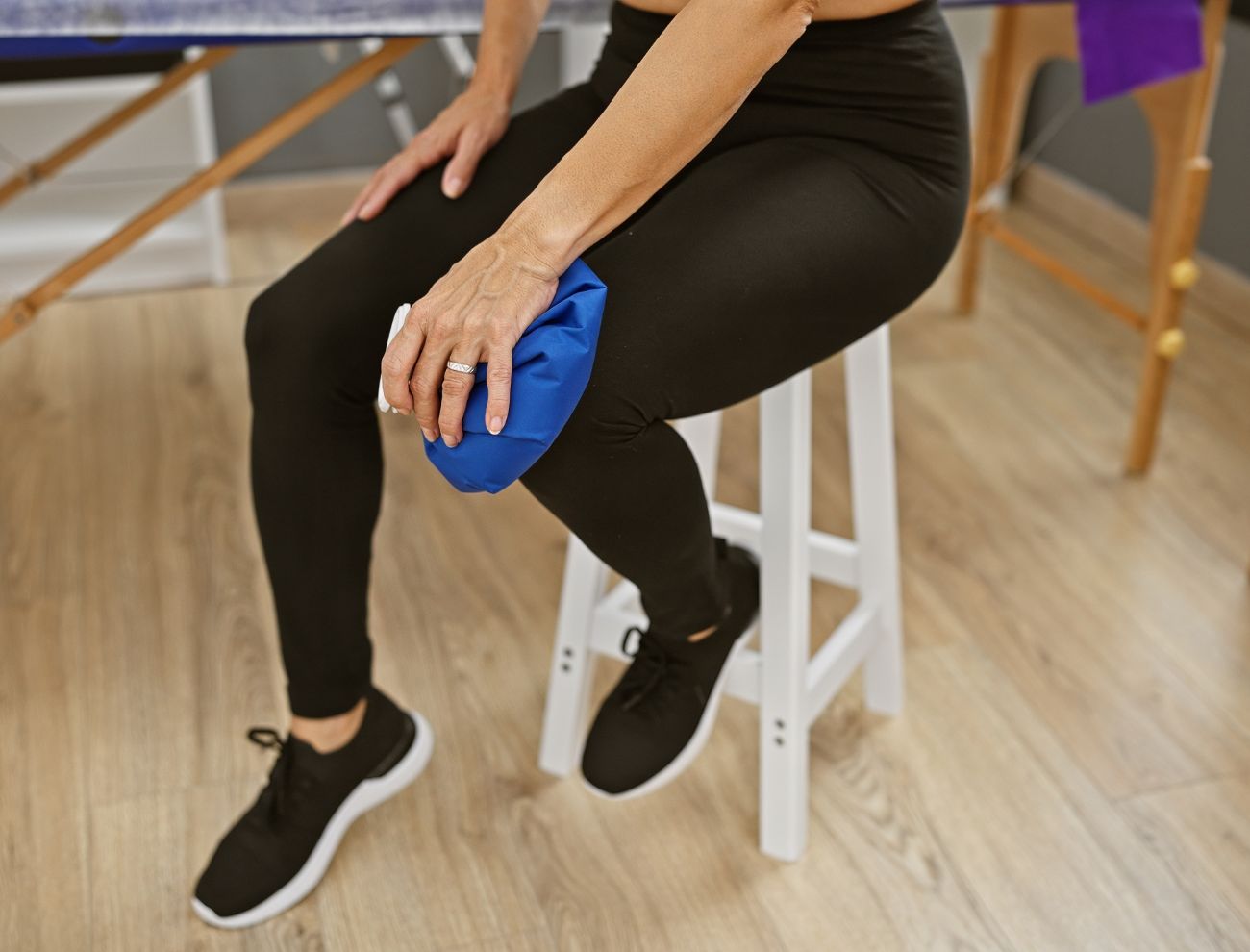
Injury Prevention and Rehabilitation in Running
Running is one of the most popular forms of exercise worldwide, known for its numerous physical and mental health benefits. However, it also comes with a risk of injuries that can sideline runners for weeks or even months. Understanding common running injuries, their causes, prevention strategies, and effective rehabilitation techniques is crucial for maintaining a healthy and enjoyable running routine. In this blog, we will provide insights into these aspects, emphasizing the importance of proper form and gradual training progression.

Common Running Injuries
Running injuries often occur due to overuse, improper form, or sudden increases in training intensity. Here are some of the most common injuries faced by runners:
1. Runner’s Knee (Patellofemoral Pain Syndrome)
Causes: Runner’s knee is characterized by pain around the kneecap, often caused by overuse, misalignment, or weak muscles around the knee. Running on hard surfaces and improper footwear can exacerbate this condition.
Prevention: Strengthening the quadriceps, hamstrings, and hip muscles can help prevent runner’s knee. Additionally, wearing proper running shoes that provide adequate support and cushioning is essential.
Rehabilitation: Rest, ice, and anti-inflammatory medications can help reduce pain and swelling. Physical therapy exercises focusing on strengthening and stretching the affected muscles are also beneficial.
2. Shin Splints (Medial Tibial Stress Syndrome)
Causes: Shin splints result from inflammation of the muscles and tendons around the shinbone. They are often caused by running on hard surfaces, overtraining, or wearing improper footwear.
Prevention: Gradual progression in training intensity, running on softer surfaces, and wearing supportive shoes can help prevent shin splints. Strengthening exercises for the lower leg muscles are also recommended.
Rehabilitation: Rest, ice, and anti-inflammatory medications are the primary treatments. Stretching and strengthening exercises for the lower leg muscles can aid recovery.
3. Achilles Tendinitis
Causes: Achilles tendinitis is characterized by pain and stiffness in the Achilles tendon, often due to overuse, sudden increases in training intensity, or tight calf muscles.
Prevention: Regular stretching of the calf muscles, gradual increases in training intensity, and proper footwear can help prevent Achilles tendinitis.
Rehabilitation: Rest, ice, and anti-inflammatory medications are essential for reducing pain and inflammation. Eccentric strengthening exercises for the calf muscles and physical therapy can aid recovery.
4. Plantar Fasciitis
Causes: Plantar fasciitis is characterized by pain in the heel or bottom of the foot, often due to overuse, tight calf muscles, or improper footwear.
Prevention: Stretching the calf muscles and plantar fascia, wearing supportive shoes, and avoiding sudden increases in training intensity can help prevent plantar fasciitis.
Rehabilitation: Rest, ice, and anti-inflammatory medications can reduce pain and inflammation. Stretching exercises for the calf muscles and plantar fascia, as well as using orthotic inserts, can aid recovery.
5. IT Band Syndrome (Iliotibial Band Syndrome)
Causes: IT band syndrome is characterized by pain on the outside of the knee, often due to overuse, running on uneven surfaces, or weak hip muscles.
Prevention: Strengthening the hip and gluteal muscles, using proper running form, and avoiding running on uneven surfaces can help prevent IT band syndrome.
Rehabilitation: Rest, ice, and anti-inflammatory medications are essential for reducing pain and inflammation. Stretching and strengthening exercises for the hip and gluteal muscles, as well as foam rolling the IT band, can aid recovery.
Prevention Strategies
Preventing running injuries involves a combination of proper form, appropriate footwear, gradual training progression, and strengthening exercises. Here are some key strategies:
Proper Running Form
Maintaining proper running form can significantly reduce the risk of injuries. Key elements of good form include:
- Posture: Keep your body upright with a slight forward lean from the ankles.
- Foot Strike: Aim for a midfoot or forefoot strike rather than a heel strike to reduce impact forces.
- Cadence: Aim for a cadence of around 180 steps per minute to reduce overstriding and impact forces.
- Arm Movement: Keep your arms bent at a 90-degree angle and swing them naturally with your stride.

Appropriate Footwear
Wearing the right running shoes is crucial for injury prevention. Consider the following:
- Support: Choose shoes that provide adequate arch support and cushioning for your foot type.
- Fit: Ensure that your shoes fit well, with enough room in the toe box and a snug fit around the heel.
- Replacement: Replace your running shoes every 300-500 miles or when they show signs of wear and tear.
Gradual Training Progression
Avoid sudden increases in training intensity to reduce the risk of overuse injuries. Follow these guidelines:
- 10% Rule: Increase your weekly mileage by no more than 10% to allow your body to adapt gradually.
- Rest Days: Incorporate rest days into your training schedule to allow for recovery and reduce the risk of overuse injuries.
- Cross-Training: Include cross-training activities such as swimming or cycling to reduce the repetitive stress on your muscles and joints.
Strengthening and Flexibility Exercises
Regular strengthening and flexibility exercises can help prevent injuries by improving muscle balance and joint stability. Key exercises include:
- Strengthening: Focus on strengthening the core, hip, and leg muscles with exercises such as squats, lunges, and planks.
- Flexibility: Incorporate stretching exercises for the major muscle groups, including the calves, hamstrings, quadriceps, and hip flexors.
- Foam Rolling: Use a foam roller to release tension and improve flexibility in the muscles and fascia.
Effective Rehabilitation Techniques
If you do sustain a running injury, proper rehabilitation is crucial for a full recovery. Here are some effective rehabilitation techniques:
Rest and Recovery
Rest is essential for healing. Avoid running or engaging in activities that exacerbate the injury until you have recovered. Active rest, such as gentle swimming or cycling, may be beneficial if it does not cause pain.

Ice and Anti-Inflammatory Medications
Ice can help reduce pain and inflammation. Apply ice packs to the affected area for 15-20 minutes several times a day. Over-the-counter anti-inflammatory medications, such as ibuprofen, can also help manage pain and swelling.
Physical Therapy
A physical therapist can provide personalized rehabilitation exercises and treatments to aid recovery. Common treatments include:
- Strengthening Exercises: Targeted exercises to strengthen the muscles around the injured area.
- Stretching: Gentle stretching exercises to improve flexibility and reduce tension.
- Manual Therapy: Techniques such as massage and joint mobilization to improve mobility and reduce pain.
Gradual Return to Running
When returning to running after an injury, it is crucial to progress gradually to avoid re-injury. Follow these guidelines:
- Start Slow: Begin with low-impact activities such as walking or pool running.
- Gradual Increase: Slowly increase your running distance and intensity, paying attention to how your body responds.
- Monitor Symptoms: Pay attention to any signs of pain or discomfort and adjust your training accordingly.
Conclusion
Injury prevention and rehabilitation are critical components of a successful running routine. By understanding common running injuries, their causes, and effective prevention strategies, you can reduce your risk of injury and enjoy a long and healthy running career. Proper running form, appropriate footwear, gradual training progression, and regular strengthening and flexibility exercises are essential for injury prevention.
If you do sustain an injury, following effective rehabilitation techniques, including rest, ice, physical therapy, and a gradual return to running, can help ensure a full recovery. By prioritizing injury prevention and rehabilitation, you can continue to enjoy the many physical and mental health benefits of running while minimizing the risk of setbacks.






